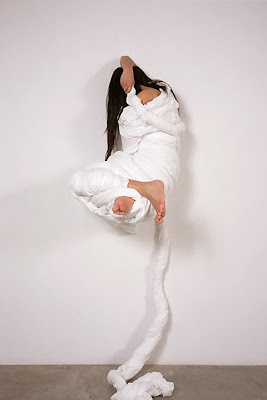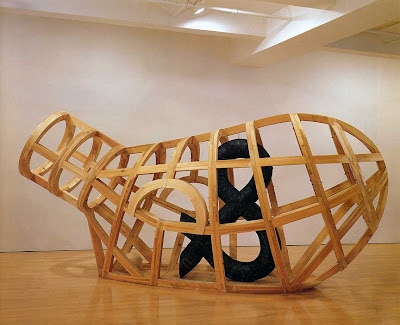 Realist Paintings by David Kassan As an expression of his own calculated observation and visual consumption of surrounding environment, introspective glimpses of reality imbue the art of David Jon Kassan. By immersing himself into his subject matter, Kassan is able to infuse his painting with life and realism. Kassan’s direction of realism follows the philosophies emplyed by the Ashcan School of American Realists.
Realist Paintings by David Kassan As an expression of his own calculated observation and visual consumption of surrounding environment, introspective glimpses of reality imbue the art of David Jon Kassan. By immersing himself into his subject matter, Kassan is able to infuse his painting with life and realism. Kassan’s direction of realism follows the philosophies emplyed by the Ashcan School of American Realists.
Artist Statement
My work is a way of meditation, a way of slowing down time though the careful observation of overlooked slices of my environment. It is the subtlety of emotion in my acquaintances that inhabit the aforementioned environment which intrigues me. My paintings strive for reality, a chance to mimic life in both scale and complexity. The viewer is given an eye level perspective of the subject. A view that is unbiased and in its most raw condition. It is my intent to control the medium of oil paint so that it is not part of the viewer to subject equation. The image stands alone without evidence of the artist. I displace textures from their natural environment by moving them out of the context they exist in. Taking the abstract form from the streets where they get lost and moving them into the gallery space where they can be contemplated as accidental abstractions.
The technical aspect of my work is a means to an end; an end rooted in the viewer's experience. I am interested the concept of a painting's technical and transformative powers. By turning an ordinary painting surface into a textured trompe l'oeil documentation of the city or turning the surface into a life sized representation of a figure in space that transmits feeling this technical process allows for the viewer's experience to be altered.
 The thoughts behind my chosen subject matter, the scale at which it is presented, my search for understanding what I observe, and my effort to constantly learn to document reality with a naturalistic, representational painting technique allows for pieces to be inherent contradictions; paintings that are both real and abstract. My influences are understandably just as contradictory as they have fed and connected my perspective on painting. I am constantly seeking out work that is congruent with my own which has led me to explore the work of life size old master paintings, urban stencil and graffiti street art, Marcel Duchamp's found objects, abstract paintings by Robert Rauschenberg, and finally the sheer conceptual and executed realism of Caravaggio.
The thoughts behind my chosen subject matter, the scale at which it is presented, my search for understanding what I observe, and my effort to constantly learn to document reality with a naturalistic, representational painting technique allows for pieces to be inherent contradictions; paintings that are both real and abstract. My influences are understandably just as contradictory as they have fed and connected my perspective on painting. I am constantly seeking out work that is congruent with my own which has led me to explore the work of life size old master paintings, urban stencil and graffiti street art, Marcel Duchamp's found objects, abstract paintings by Robert Rauschenberg, and finally the sheer conceptual and executed realism of Caravaggio.
Time is the most valuable thing that we all have, the one aspect of daily life that we can not get back once its gone. I want to use time while trying to understand the world around me. Painting is my notebook, my sounding board.













